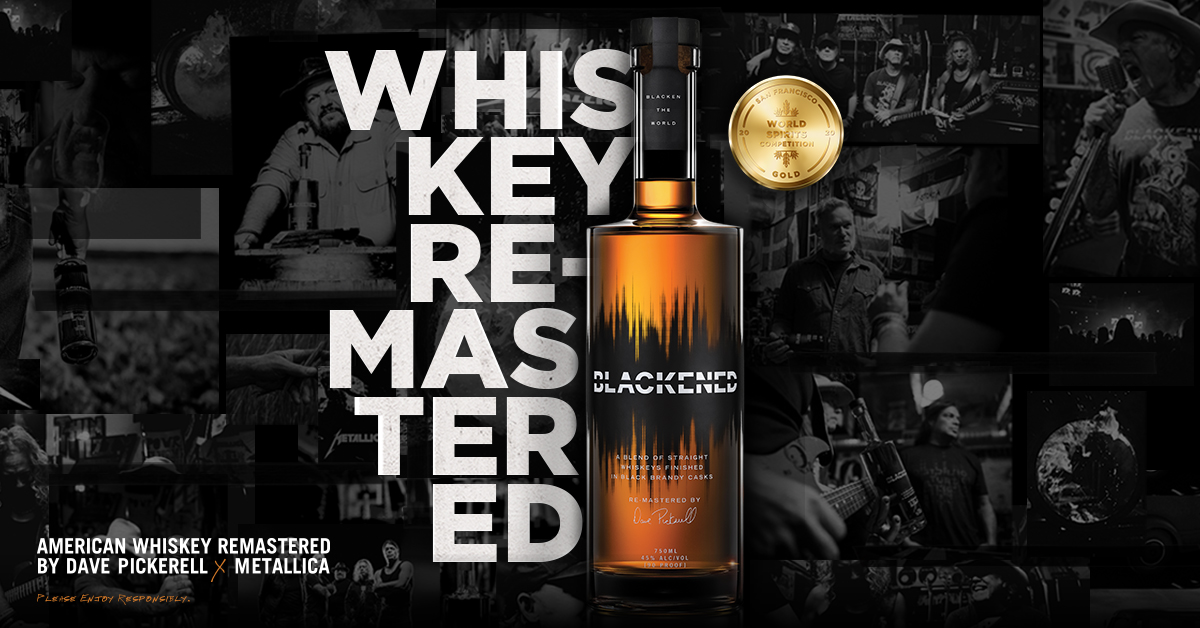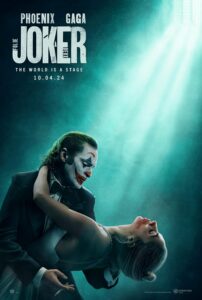Simon Curtis has extensive experience as a theatre director and directed the popular television dramas David Copperfield and Cranford. His feature films include My Week with Marilyn, Woman in Gold and Goodbye Christopher Robin. He directs the second Downton film, Downton Abbey: A New Era…
Was it a challenge to maintain the emotional balance in the film, with so many moments of happiness and sadness, and with such a big cast?
As a director, your job is to make every scene work as well as possible, to find the emotion or the comedy. I think that’s what I do as a director so I seized on this material and this fantastic ensemble of actors and hoped for the best. Obviously, large ensembles are always a challenge. There would be a little one-line scene, like when they came to cut the wedding cake, and I would tell the AD that I am ready and half of British equity would come over the hill ready for their scene and ready for their close up. So that was intimidating.
It must have helped immensely to have worked with many of these cast members previously, and to have worked in this genre…
I have been very lucky to have worked with so many great actors and many of this cast. I think it is the fifth time I had worked with Imelda [Staunton, Lady Bagshaw] and the third time I had worked with Maggie [Smith, Countess of Grantham]. In the past I had done Cranford, with Judi Dench and Imelda and Jim [Carter, Mr. Carson], and David Copperfield with Maggie and Imelda, so I’d had a chance to do these big British ensembles. I was practised at that. And all the cast are wonderful. Many of them have literally grown up with these characters. This is the third decade they have worked in these parts.
Did producer Gareth Neame share with you many details about his connection to the Hitchcock film Blackmail, which was one of the inspirations for the film in A New Era?
That is exactly right. Gareth’s grandfather, the late, great Ronald Neame was a production assistant on Blackmail, which was Hitchcock’s film in the 1920s where this story line actually happened. Blackmail started as a silent film and ended up shooting as a talkie. I would say that Gareth was obsessed by that storyline but it actually happened. In the Hitchcock film they cast an East European actress who was brilliant in the silent film but challenged in the talkie so they did live-dub it in the way that we demonstrate in this film. One of my favourite moments in the film is the pleasure and joy Mary [Crawley, Michelle Dockery] gets when she participates in the film and does such a great job. You realise that in those days women were robbed of those opportunities a lot of the time and for her to be able to succeed in a work environment was so exciting.
How pleased were you with Laura Haddock’s performance as Myrna Dalgleish; it adds humour and pathos to the moviemaking scenes as Downton?
Laura delivered exactly what we hoped and empathised with an actress coming into an established world, and with an actress afraid for her future.
Was it fun shooting the scene with the extras? The downstairs cast must have loved dressing up almost as much as their characters did…
That’s right. I think Mrs. Patmore [Lesley Nicol] only ever had two costumes in 12 years so to have had those wonderful gowns was thrilling for her character and also a bit scary, I imagine. They were all brilliant in it. That scene took many days because we had so many storylines, three or four proposals, and so much came to fruition in that scene. It was both a challenge and a joy to do.
Did you enjoy bringing some light to the lives of characters like Barrow, Molesley and Mrs. Patmore, who haven’t always had the best of luck?
I suppose I hadn’t thought about that but it is true and there is something about the uplifting nature of some of theses storylines that is very welcome in this awful time we’re living. It was wonderful to see that pleasure and to see that those storylines ended so happily.
How vital was the levity from the likes of Carson, especially when some storylines are very emotional?
I always think it is weird in television when they talk about whether something is a comedy or a drama because the best is both. Julian Fellowes is very brilliant at both. He writes great jokes and heart-breaking emotion.
Was it special to work with your wife, Elizabeth McGovern [Lady Grantham], again, especially in some of the quieter, more serious moments on screen?
It is special to work with her for all kinds of reasons but, as I say, I have got very deep connections to a lot of the cast so all of that feeds into it, and that all added to the sense of it of being a family within a family. There are some wonderful sequences in this film, particularly at the end, that are nothing to do with me but are due to the fact that these actors have been together for 12 years. Births and deaths have happened in all of their lives and they are all aware of that across the camera. It just makes it such a rich personal experience. It is hard to describe, actually.
Was it at all difficult for the new faces to come into such a well-established cast?
I think it is a bit intimidating for new people coming in but, equally, the established cast welcomed new energy and new faces. I think it is intimidating but they had a great time. I think seeing Dominic West sitting at that dinner table just felt perfect.
How important was it to shoot in France, to provide a freshness and contrast in colour, architecture and environment?
That’s exactly right. We wanted to find the least Highclere Downton house we could find in France and Donal [Woods, production designer] designed a family’s house with big windows and white walls and a walk down to the coast. I think seeing the characters outside of their comfort zone is a big part of it.
Downton Abbey: A New Era is now available on Digital, Blu-ray™ and DVD







